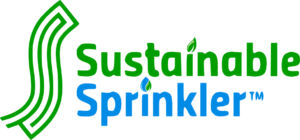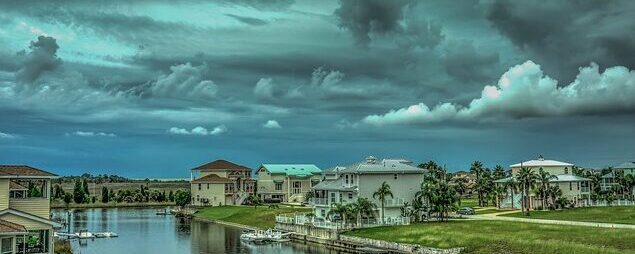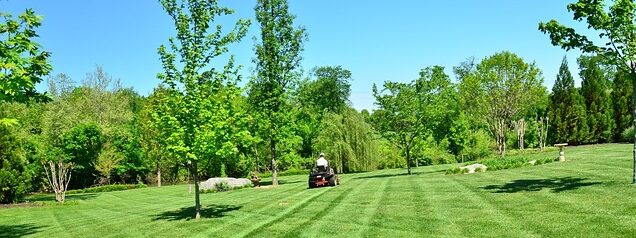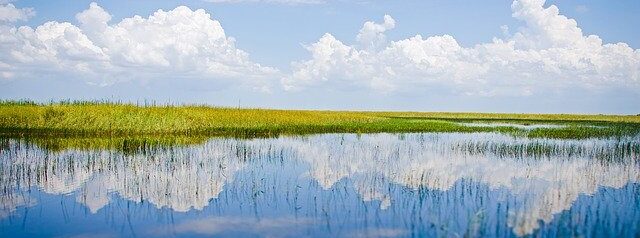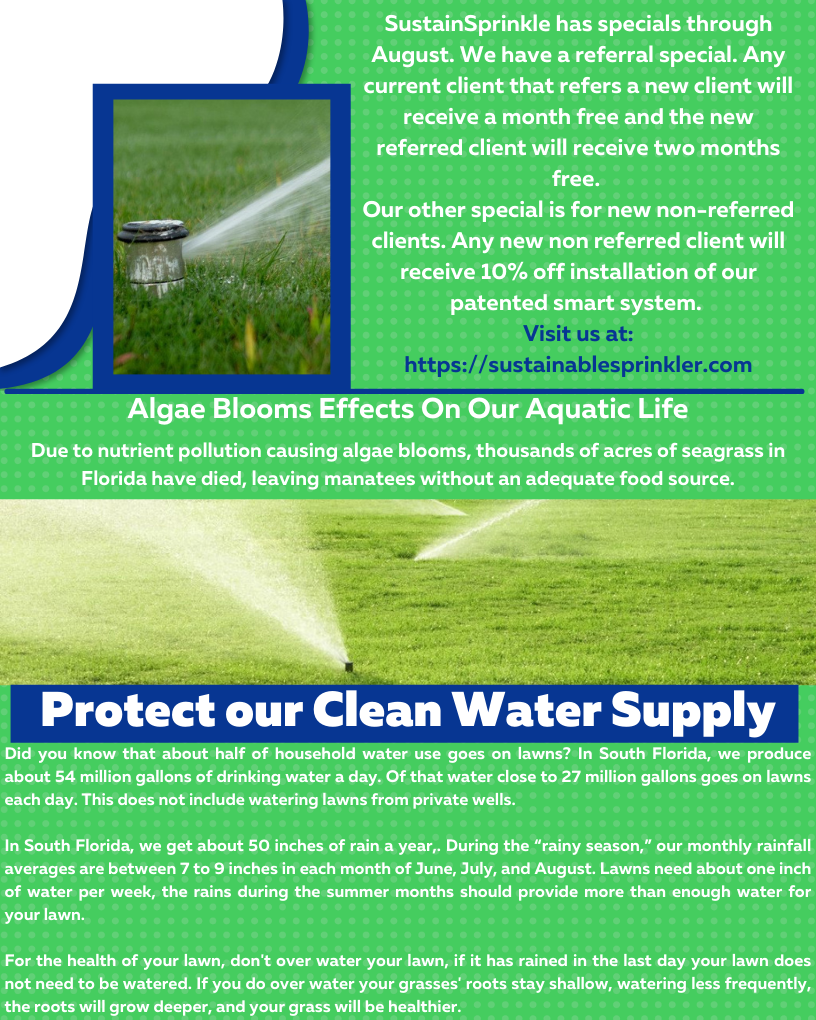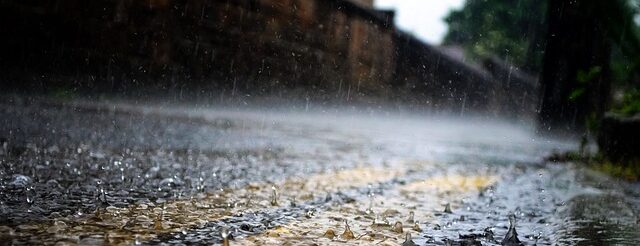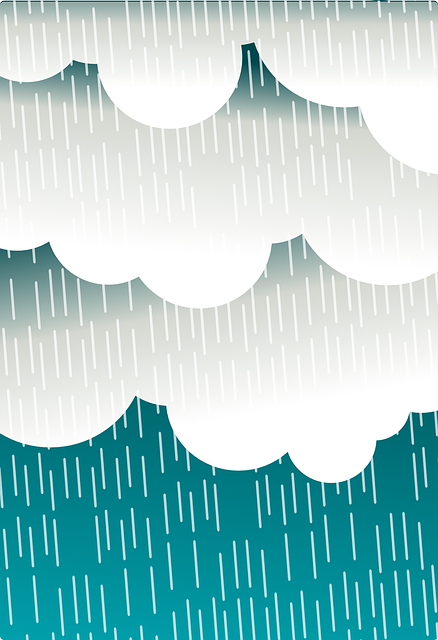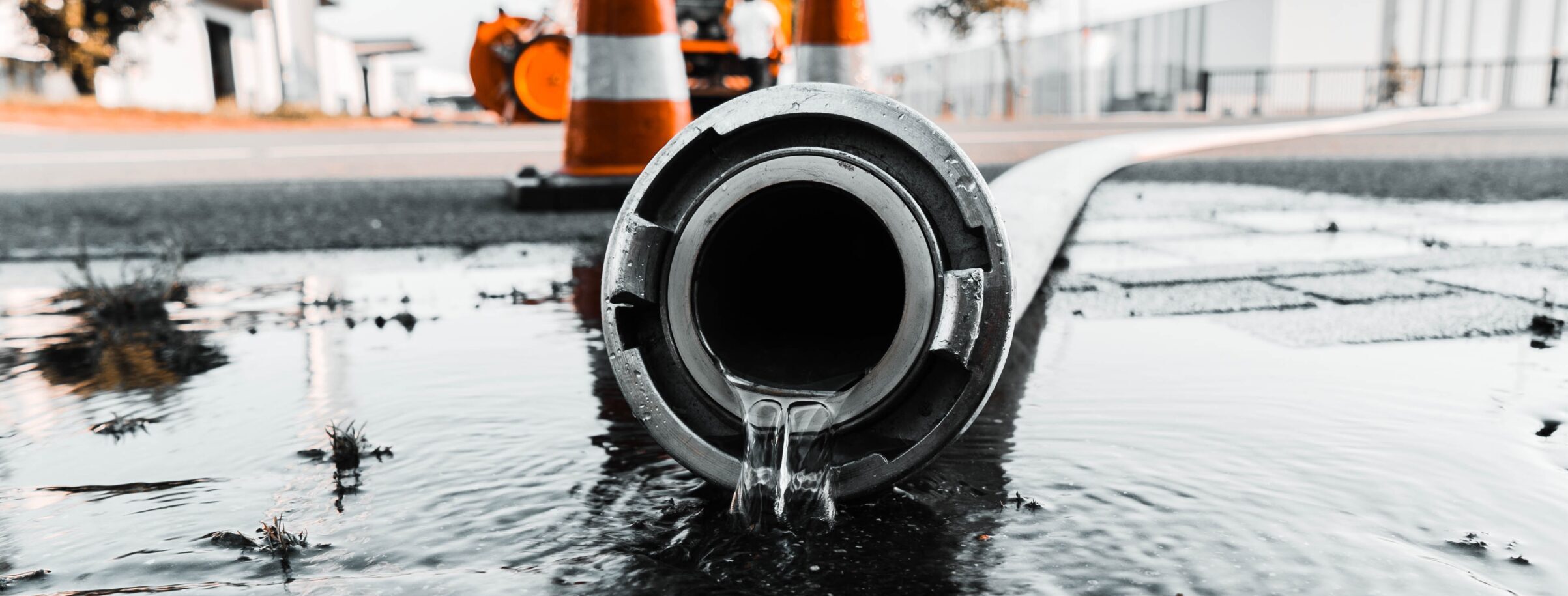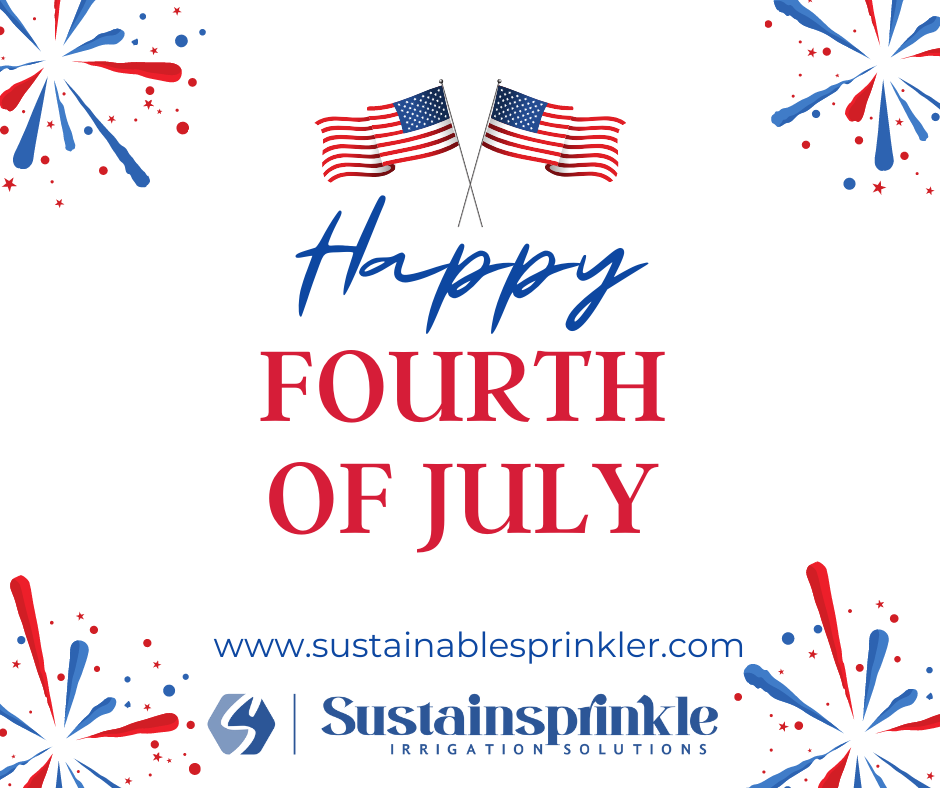Helping Save Water
Sustainable Sprinkler wants to be the driving force to take control of your irrigation usage, lower cost, and save water worldwide. We can all benefit from saving our water supply and not wasting it, financially as well as environmentally. Some estimates state that irrigation is responsible for 80% of potable water used, but that has to change. Sustainable Sprinkler wants to make a competitive impact and save clean water for the future. “At Sustainable Sprinkler, we have the opportunity to solve problems for today and the future. Staying true to our commitment, we’ve been able to make changes in the water consumption industry for the better,” said the Director of Engineering.
Sustainable Sprinkler is much more than simply a fad it is a serious technology that can change the way we waste water needlessly. Most irrigation water is immediately evaporated, and aquifers are being drained at an alarming rate and we’re committed to continuing to build our solution. Sustainable Sprinkler has advocated on its behalf by working with all types of developments, commercial, private, and public to lower water consumption and associated costs.
Included are professional installation, no digging, 24/7 cloud service, and the ability to control your irrigation system from anywhere in the world. Your constant access to your lawn can be through our app on the Apple Store or Google Play Store, or any tablet, computer, or phone. Accessibility to your system 24 hours a day, savings of up to 50% on your water bill, and knowing that your lawn will be watered when needed. This is a product no homeowner, property manager, HOA, or City municipality should not be using.
